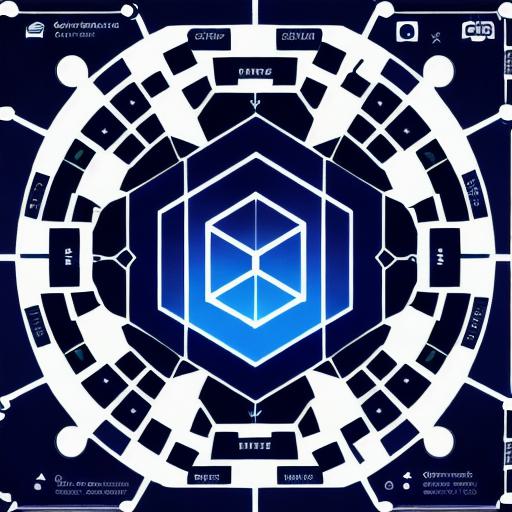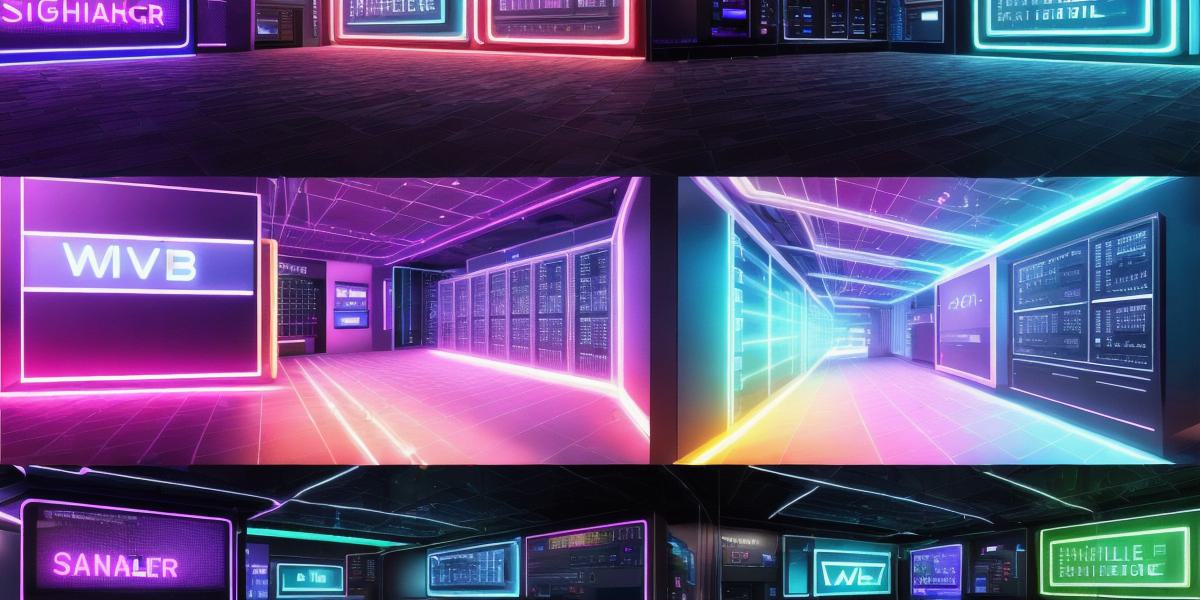Web3 and Web2 technologies are two different versions of the World Wide Web, each with its own advantages and disadvantages. In this article, we will explore these differences and help you decide which technology is better suited to your needs as a Web3 developer.
Web3 Technologies: The Future of the Internet
Web3 technologies are decentralized, meaning they operate independently of any central authority or intermediary. Instead of relying on a single entity to control access to information and services, Web3 technologies use a distributed network of computers to ensure that data is stored securely and accessible to all users.
One of the biggest advantages of Web3 technology is its ability to enable greater privacy and security for users. Because data is not centralized, it is much harder for hackers to gain access and steal information. Additionally, decentralization allows for greater transparency and accountability, as all actions are recorded on a public ledger that can be easily audited.
Web3 technology also offers the potential for greater interoperability between different platforms and applications. Because Web3 technologies are built on open standards, they can easily communicate with each other, making it much easier for developers to build cross-platform applications.
Web2 Technologies: Centralized Control at the Cost of Privacy
Web2 technologies, on the other hand, are centralized, meaning that they rely on a single entity to control access to information and services. This centralization can have both advantages and disadvantages.
One of the biggest advantages of Web2 technology is its ability to provide fast and reliable service. Because data is stored in a central location, it can be quickly accessed and processed, making it easier for users to get the information they need. Additionally, centralized control allows for greater efficiency and cost savings, as intermediaries can streamline processes and reduce overhead costs.
However, Web2 technology also has its downsides. The centralization of data means that it is much more vulnerable to hacking and other forms of cyber attacks. Additionally, because Web2 technologies are controlled by a single entity, there is a risk of censorship and bias in the information that is presented to users.
Case Studies: Understanding the Real-World Impact of Web3 vs. Web2 Technologies
There are many real-world examples of how Web3 and Web2 technologies have been used to build applications and services. Let’s take a look at some case studies to see how these technologies compare in practice.
Web3 Technology: Ethereum

Ethereum is one of the most popular Web3 platforms, with over 500,000 active developers building on its network. Ethereum enables users to build decentralized applications that can be used to create a wide range of products and services, from finance and gaming to supply chain management and beyond.
One of the key features of Ethereum is its ability to enable smart contracts, which are self-executing programs that can automate complex tasks and processes. Smart contracts have been used to build everything from decentralized marketplaces to decentralized autonomous organizations (DAOs), which allow for greater transparency and accountability in decision-making.
Web2 Technology: Facebook’s Decentralization Efforts

Facebook has also been exploring the potential of Web3 technology, with plans to build a decentralized version of its platform that would be more secure and private than its current incarnation. While Facebook’s approach is still in the early stages, it shows how even large, centralized corporations are recognizing the benefits of decentralization.
Conclusion: Web3 vs. Web2 Technologies: Which is Right for You?
Ultimately, the decision between Web3 and Web2 technologies will depend on your specific needs and goals as a developer. If you prioritize privacy and security
